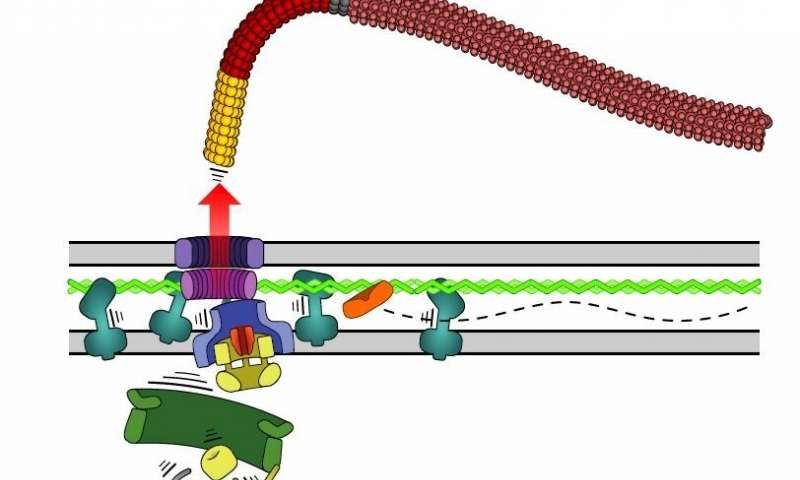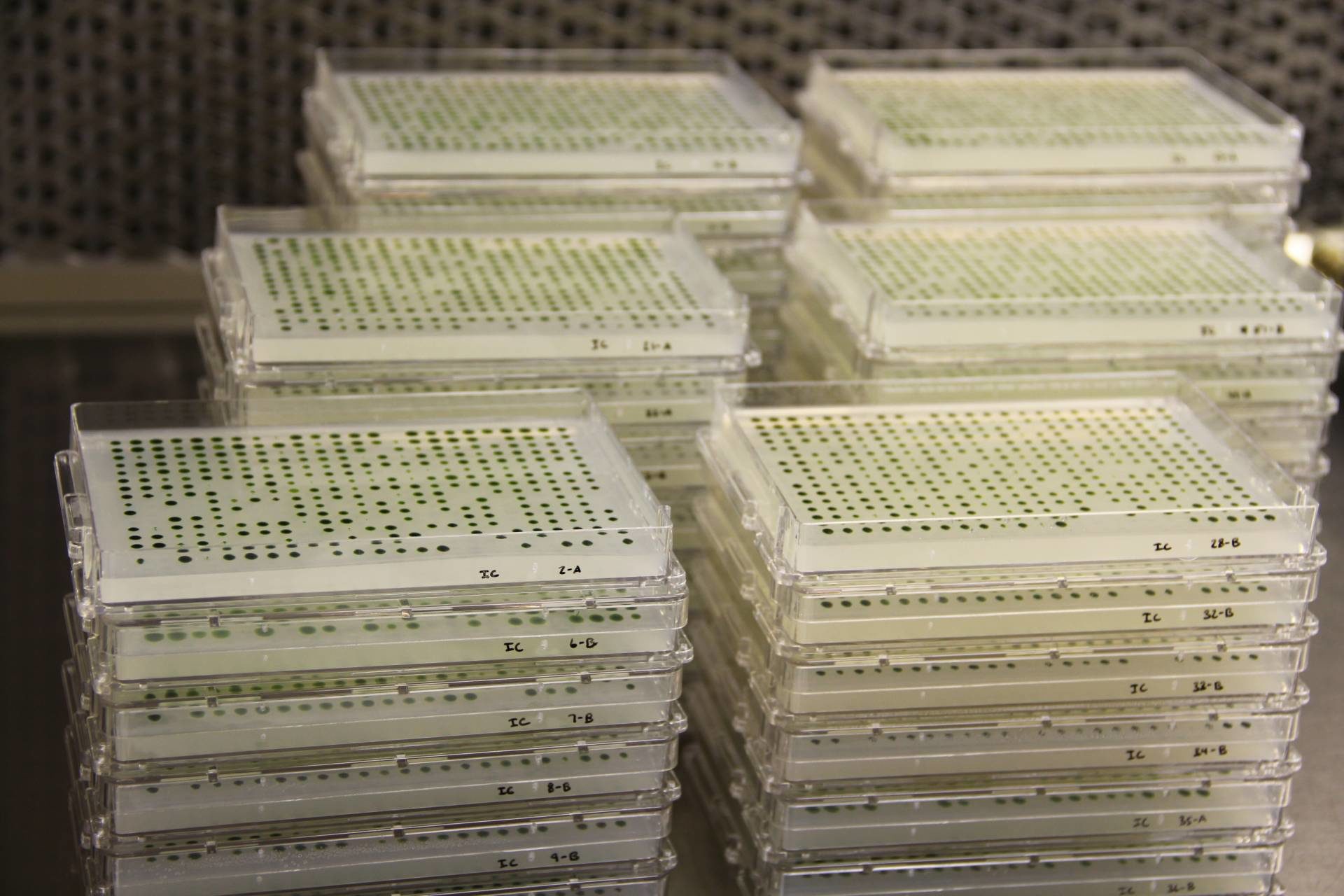OF THE
TIMES

"There is all this stuff that science has discovered, but there are so many questions we still have no clue about. Because nature is so much smarter than we are, we're always playing this game of catch-up," he says. "So I look at science as this kind of flirt with the unknown, and what motivates this spirit of discovery is awe and the joy of being part of this process." --Colin Dwyer, "Marcelo Gleiser Wins Templeton Prize For Quest To Confront 'Mystery Of Who We Are'" at NPRDarwinian evolutionary biologist Jerry Coyne is not pleased:
Well, once again the canny John Templeton Foundation has awarded its million-pound Templeton Prize to someone who's not a religious figure but a scientist who enables religion and criticizes materialism and atheism. This time the Big Dosh went to Marcelo Gleiser, a professor of Physics and Astronomy at Dartmouth College. He's a theoretical physicist and also a prolific popular writer, having produced six books, some of which seem to emphasize the limits of science. And that's apparently what he got he Prize for: for adhering to Sir John Templeton's program that science and spirituality (aka religion) were both required to apprehend the "ultimate truths" about the Universe and answer the "Big Questions." --Jerry Coyne, March 19, 2019, "Templeton Prize awarded to physicist for blending science and woo" at Why Evolution Is TrueBut then, in Jerry's books, Templeton can do wrong just doing its job.
A physics and astronomy professor whose specializations include cosmology, 60-year-old Gleiser was born in Rio de Janeiro, and has been in the United States since 1986.Sounds like a sane approach, which is precisely why true believers like Coyne are upset.
An agnostic, he doesn't believe in God - but refuses to write off the possibility of God's existence completely.
"Atheism is inconsistent with the scientific method," Gleiser told AFP Monday from Dartmouth College, the New Hampshire university where he has taught since 1991.
"Atheism is a belief in non-belief. So you categorically deny something you have no evidence against."
"I'll keep an open mind because I understand that human knowledge is limited," he added. --AFP, "Physicist Marcelo Gleiser: 'Science does not kill God'" at Phys.org

Comment: See also: